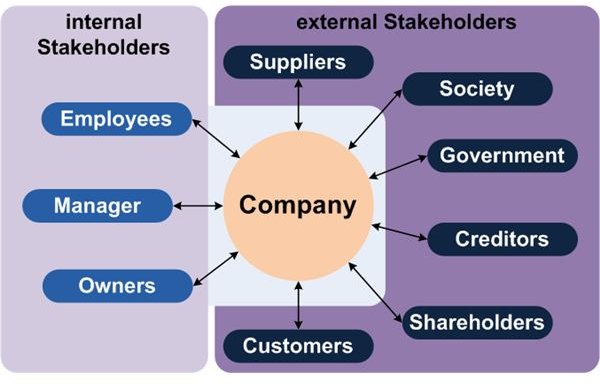An Overview of Soft Systems Methodology
The Soft Systems Methodology (SSM) is a qualitative technique that applies systems thinking to non-systemic situations. First developed as a modeling tool by Peter Checkland in the late ’60s at the University of Lancaster UK, it has since then grown into a problem-solving tool. It is especially used for problems that have a high level of psychological, social, and cultural elements that lay stress on finding solutions through learning and appreciation of the problem.
Image Credit: Wikimedia Commons
Approach
Soft systems methodology considers problems as constructs of the concerned mind, defined by the world-view of the stakeholder. It attempts to solve problems by looking at the situation rather than the issue, which is nothing but a manifestation of such a situation. Each stakeholder interprets a situation in an unique way, and while such an interpretation remains correct from his or her perspective, it may remain at odds with interpretations of other stakeholders. Resolution of the problem requires sharing of perceptions and agreeing to a common ground through a system of persuasion and debate.
The soft systems approach to solve problems is a seven-step methodology:
- understanding the problem
- defining the problem
- root definition, usually through CATWOE analysis
- building conceptual models
- comparing models with real world
- selecting desired and feasible interventions
- taking appropriate action
Understanding and Defining the Problem
The first step in the soft systems methodology (SSM) process is acknowledging the existence of the problem and exploring it without actually defining it. Having explored and familiarized oneself with the issue, the next step is to express the problem in the real world situation, describing the problem in terms of the structures, processes, climate, people, issues expressed by people, and associated conflicts.
Root Definition Analysis
Root definition is defining the system or process in question in a structured way, specifying who performs what task, for what purpose. This is the most challenging part of soft systems methodology and requires a good understanding of the problem and various shareholder perspectives, known as “holons.”
The recommended method to define the root analysis is the CATWOE analysis. CATWOE, an acronym for customers, actors, transformation, weltanschauung or world-view, owner, and environment requires listing out the customers impacted by the change, the actors or the people involved in the change, the transformation process from start to finish, stakeholder perspective, the owner of the system, and the external environment that influences the system.
Conceptual Models
The root definition allows the building of conceptual models as possible solutions. The best approach in this regard is listing the activities listed in the transformation phase of CATWOE, selecting independent activities that could be done at once and placing them in a line, listing depending activities for each independent activity alongside, charting out the dependencies and relationships, and finally making the necessary rearranging and reassessing,
Comparison and Selection
The developed conceptual model requires comparison with the real-life situation through tools such as structured and unstructured questions, dynamic modeling and others. The yardsticks for comparison are efficiency, efficacy and effectiveness.
The selection of the model requires dialogue and persuasion among the different stakeholders and facilitators to reach a consensus to incorporate the divergent viewpoint to the extent possible. The process ends by making modifications to the extent possible, or selecting one model overriding other alternative models.
The final step in the SSM process is applying the selected or reconciled model to improve the situation.
Uses
The soft systems methodology provides a structured and systematic way to approach complex and often “messy” problems involving stakeholder conflicts. It remains a popular tool owing to grounding in reality, and its taking due cognizance of the ethical dimensions to decision making. It allows consideration of all perspectives and values, which allows for making better decisions.
The success of this method, however, depends on the appraisal of the different world-views, which remain subjective.
